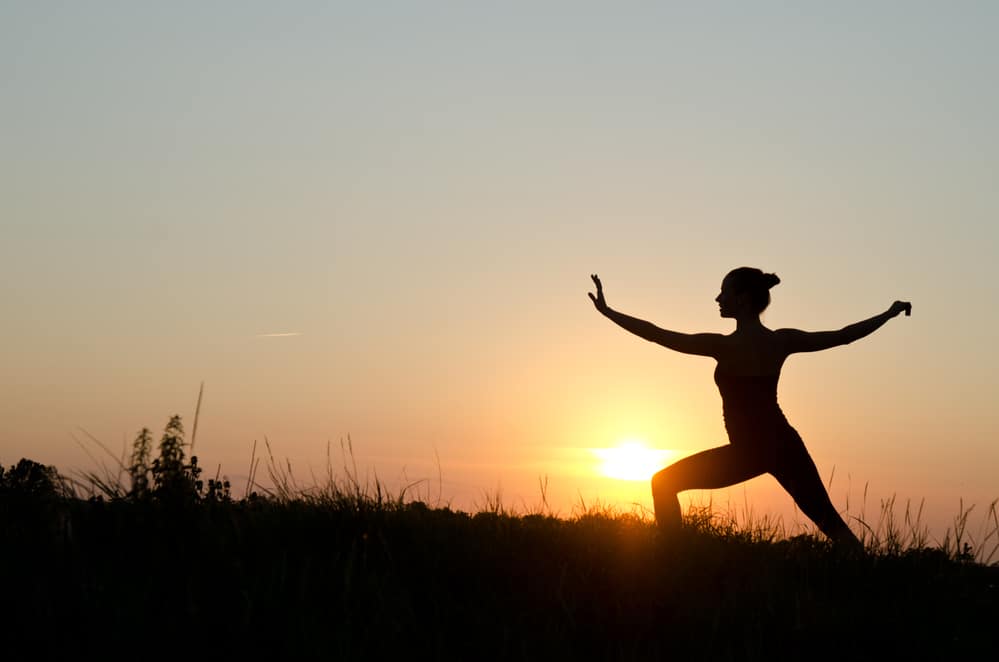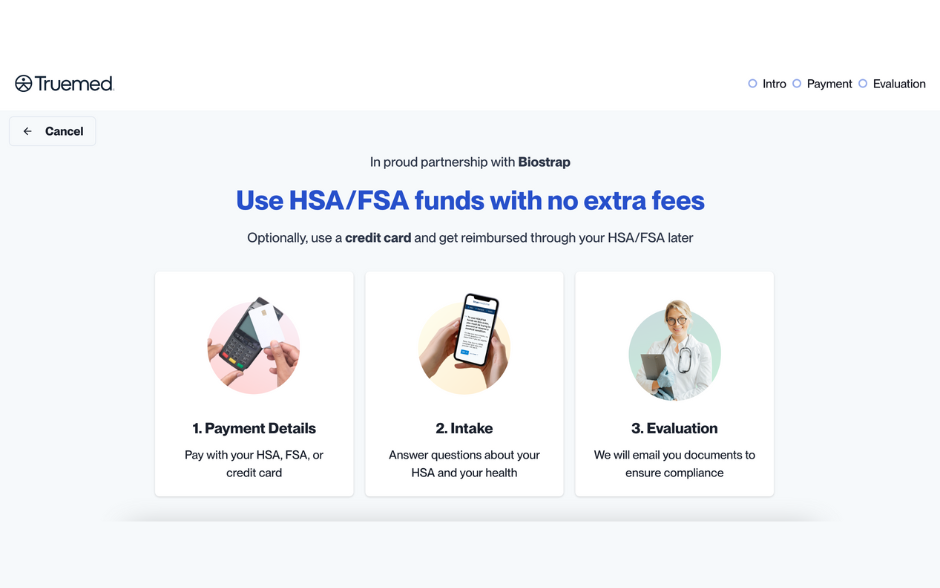Half the people reading this will show it to someone else.
Here’s why. It turns out (spoiler alert!) that a weekly massage is not a luxury, it’s one of the top 7 ways restore parasympathetic balance; in other words to keep your body in healthy homeostasis.
First, it’s important to know how our body is run by the ground control of our nervous system. It looks like this:
- Central Nervous System (Our brain and spinal column)
- Peripheral Nervous System (Everything else)
- Somatic nervous system (How we move on purpose)
- Autonomic nervous system (Things we do without thinking, like our heartbeat)
- Sympathetic (‘fight or flight’)
- Parasympathetic (rest and recovery)
How healthy we are depends on how well-balanced our autonomic nervous system is.
Autonomic Nervous System
Our autonomic nervous system (ANS) controls our involuntary and unconscious body functions. It keeps us alive while we sleep. It helps us breathe when we’re unconscious. It tells our heart how fast to beat and makes sure our muscles have adequate blood/oxygen when we ‘tell’ them to move. It operates without our knowledge or consent, without our lifting a finger to help.
There are 2 branches: the sympathetic nervous system (SNS) and the parasympathetic nervous system (PSNS). They do different things but function as corollaries, not opposites. Our SNS is external facing. It provides the speed, energy and fuel to thwart danger. PSNS is internally-directed. It takes care of the daily business of life: Rest. Digestion. Reproduction (yes, with a boost from our SNS during sex). It’s nicknamed Rest & Digest or Breed & Feed. Two sides of the same coin, that can only be spent together.
Within the ANS, there is a constant calibration between the sympathetic and the parasympathetic systems.
Sympathetic Nervous System (Fight or Flight)
Our body constantly scans our environment, evaluating stimuli. When we sense a threat, our sympathetic nervous system leaps into action to immediately divert resources to the parts of our body needed to fight danger.
The SNS activates our adrenal gland. Our breathing quickens, to bring in more oxygen. Our heart beats faster, to increase blood flow to our muscles. Our pupils dilate (get larger) the better to see our foe.
Digestion slows. Our mouth dries. We don’t need to use the bathroom anymore. We are ready for battle.
Parasympathetic Nervous System (Rest and Recovery)
The parasympathetic nervous system is our default setting when we are not in danger. It lets us conduct the day-to-day business of life. Eating. Sleeping. Recovering. Reproducing.
It is an anabolic process, which builds up needed compounds.
When our PSNS is activated our heart slows. Our breathing calms. Because we don’t need to run, fight or hide, our body sends blood to our organs and away from skeletal muscles. We digest our food. We make hormones. We repair our muscles. We build strength. Our body is in a state of relaxation, and this relaxation breeds recovery. The more time we spend in PSNS the healthier we are.
Hormones and Neurotransmitters
Neurotransmitters help neurons communicate with each other across a synapse. Hormones are secreted by glands. Some compounds can act as either a hormone or a neurotransmitter, and can also they can have opposite effects depending where and why they are excreted.
We have two kinds of muscle tissue. Skeletal muscle (striated muscle) is used for voluntary movement. Smooth muscle is used for involuntary actions like digestion and constriction/dilation of blood vessels.
Our nervous system uses hormones and neurotransmitters to make whatever changes in these muscles it decides we need. The main ones are: adrenaline (increases circulation and breathing), noradrenaline, and acetylcholine (slows heart rate).
Balance
The sympathetic and parasympathetic nervous systems are always operational, but there is a balance between them. One or the other is always more active. The yin and yang pull of these two systems keeps our body in homeostasis, or balance. Together they ensure that we have enough resources, in the right places, at the right time. Running from a tiger, or for a train? Your SNS sends blood to your leg muscles and oxygen to your lungs to propel you along. Kicking back after Sunday dinner to watch a game? Your PSNS will relax your skeletal muscles and send blood to your organs to speed digestion.
Exercise and the parasympathetic nervous system
Tissues need oxygen to survive. Blood brings us oxygen. When we exercise, our muscles need 15 to 25 times more oxygen than when we’re at rest. The cardiorespiratory system makes sure our blood volume is adequate to do so.
When we work out, our SNS is activated, initiating key physiological changes.
- We sweat to regulate our temperature.
- Our heart beats faster to bring more oxygen to our muscles.
(The UC Davis Sports Medicine Department advises using a heart rate monitor to gauge effort.)
- We breathe faster to take in more oxygen. We might even pant.
- Our liver releases glucose for energy.
- Our blood pressure increases (more volume).
- Our blood moves from our organs to our skeletal muscles.
(That’s why we don’t eat before we exercise. Exercise slows digestion. Eating makes your body choose between strength and speed or digestion. A good rule of thumb is to avoid small meals or snacks for an hour before exercise, and to wait 3 to 4 hours after a large meal.)
These changes make sure we are ready for action. But what happens when the SNS is overstimulated?
Negative impact of heightened SNS
Our SNS is designed to help us survive life-threatening emergencies. As a catabolic process, it breaks down tissue and expends energy. If we spend too long in this heightened state of SNS there will be negative consequences.
Our bodies cannot easily differentiate between real and imagined stress. Just the idea of exercise, before we start, triggers an anticipatory heart rate increase. Our bodies are not meant to have a perpetually activated SNS. Chronic stress activates our SNS.
The fight or flight response originated to save our lives, not wash us with adrenalin and dread every time our boss shows up unexpectedly or we watch a scary movie.
We toggle between each system as needed.
If we spend too much time in SNS, we neglect our PSNS and our health suffers. When medical professionals say stress is bad for you, they mean an activated SNS, without a return to SNS, is bad for you. All the negative consequences of stress are really negative consequences of SNS. Think of it as adrenalin poisoning. A little bit can save your life. Too much and you’ll be exhausted, unsettled, with cognitive decline, poor sleep, a compromised immune system, and a body that cannot repair itself.
Exercise without recovery will end in depletion, not strength.
PSNS bolsters recovery
Activating the PSNS promotes recovery and can be measured via heart rate variability. The more time we spend in PSNS the faster we bounces back, repair damage, and gain strength.
Restorative sleep helps. Our autonomic balance during REM is similar to wakefulness. During non-rapid eye movement sleep the balance shifts from SNS to PSNS dominance, bolstering recovery.
How to restore balance
So back to the massage we promised you.
Once we understand the difference between SNS and PSNS we can actively try to stimulate our PSNS. Coach Chrissy Zmijewski recommends activating our PSNS to decrease recovery time after exercise. Here are 7 fixes to restore the balance between your SNS and PSNS.
Reduce Stress
Stress is ubiquitous. Good health depends on removing or reducing whatever stressors we can control, and reduce our reactions to those we can’t.
Meditation
We can’t remove all external stress. Meditation is the best way to decrease our reactivity to stress we can’t control. It teaches us to ignore triggers. It reduces our breathing, slows our heart, and decreases our blood pressure: all signs of PSNS activation. Meditations reduce lactic acid in our muscles, promoting recovery.
Massage
Regular massage has been shown to restore balance between SNS and PSNS. Massage makes us stronger, calmer, and more able to fight infection. By activating the PSNS, massage promotes recovery. It retrains the body to move more readily into PSNS even when we’re stressed.
Breathing
Breathing straddles the peripheral nervous system and the autonomic system. It happens automatically but we can also control it. We can hold our breath for example, but we cannot stop our heart. Slowed breathing is a hallmark of PSNS. But it’s not just a symptom, it’s a signal. Slowing your breathing intentionally tells your SNS that things are okay. This activates the PSNS.
Daily breathing exercises will strengthen your lungs, improve your immune system, and decrease your resting heart rate. Here’s a simple way to activate your PSNS. Inhale for a count of 2. Hold that breathe for a count of 5. Exhale for a count of 7. Repeat.
Yoga
Like meditation, yoga will bring you into PSNS, It also bolsters your ability to decrease SNS activation when you are stressed.
Daily or weekly yoga classes, or even a quick yoga video at home, will improve your strength, flexibility and breathing.
Nutrition
Can what you eat affect your SNS/PSNS balance? Yes. Avoiding stimulants such as caffeine and sugar will facilitate PSNS. An anti-stress diet brings the right mix of protein, minerals and other nutrients to support PSNS.
Exercise
Yes, intense exercise, even the idea of it, stimulates our SNS. But regular aerobic exercise such as light jogging can actually decrease SNS activity and activate our PSNS. The key is moderation and measurement.
Unwelcome sympathy
Our sympathetic nervous system is key to our survival. But like the sympathy of a well-meaning friend, too much can be, well, too much. The more time we spend in PSNS, the healthier and stronger we’ll be. These 7 tips are a great start.





